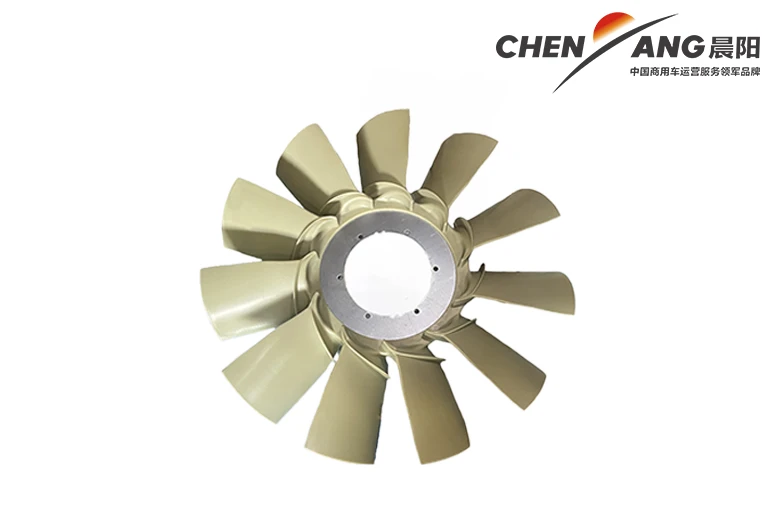Exploring the Benefits of Mid-Engine Transmission Systems in Modern Vehicles
Understanding Mid-Engine Transmission A Deep Dive into Performance and Design
The design of a vehicle is a complex interplay of various components, each contributing to the overall performance, safety, and aesthetics. Among these components, the engine and transmission play pivotal roles, especially in performance vehicles. One compelling layout that continues to draw attention in automotive engineering is the mid-engine design, which integrates the engine between the front and rear axles. This article explores the benefits of mid-engine transmission, its mechanics, and its application in modern vehicles.
What is Mid-Engine Transmission?
Mid-engine transmission refers to a vehicle layout where the engine is located near the center of the vehicle, directly behind the driver but before the rear axle. This design contrasts with front-engine setups, where the engine is situated at the front, and rear-engine configurations, where the engine is installed at the back. Mid-engine configurations are predominant in high-performance sports cars, supercars, and racing vehicles due to their unique dynamics and handling characteristics.
Advantages of a Mid-Engine Setup
1. Improved Weight Distribution One of the primary benefits of a mid-engine layout is the balanced weight distribution. By placing the engine centrally, the vehicle achieves nearly equal weight over the front and rear axles. This balance enhances traction, stability, and handling, especially during cornering.
2. Lower Center of Gravity Mid-engine vehicles usually have a lower center of gravity compared to their front-engine counterparts. A lower center of gravity reduces the likelihood of body roll during cornering, providing a more stable ride and allowing for sharper turns without losing control.
3. Enhanced Handling and Performance The combination of improved weight distribution and a lower center of gravity provides mid-engine cars with superior handling characteristics. These vehicles can respond more quickly to steering inputs, making them feel more agile and responsive on the road or track.
4. Aerodynamic Benefits The mid-engine layout can facilitate better aerodynamic designs by allowing for a more streamlined body shape. This can result in reduced drag and improved airflow, contributing to overall performance and efficiency.
Mechanics of Mid-Engine Transmission
mid engine transmission

In a mid-engine vehicle, the transmission system is intricately designed to complement the engine's positioning. The primary types of transmissions used in mid-engine cars include manual, automatic, and dual-clutch systems. Each transmission offers different advantages
- Manual Transmission Often preferred by driving enthusiasts, a manual transmission provides direct engagement between the driver and the vehicle, allowing for precise gear selection and better control during acceleration and deceleration.
- Automatic Transmission Modern automatic transmissions have improved significantly in terms of responsiveness and efficiency. They can provide smooth shifts, allowing the driver to focus on handling without the need to manually change gears.
- Dual-Clutch Transmission (DCT) This system utilizes two clutch packs to pre-select gears, allowing for lightning-fast shifts without the interruption of power delivery. DCTs are increasingly popular in high-performance vehicles due to their ability to combine the benefits of both manual and automatic systems.
Challenges of Mid-Engine Transmission
While the mid-engine layout offers several advantages, it is not without challenges. Storing and accessing the cargo and having a rear seat area can be a constraint. Mid-engine vehicles often have limited trunk space, as the engine occupies a significant portion of the vehicle's interior. Additionally, working on a mid-engine car can be more complicated compared to traditional layouts, as accessing the engine for maintenance or repairs usually requires a more intricate process.
Applications in Modern Vehicles
Many iconic automotive brands have embraced the mid-engine design in their supercars and sports cars. Vehicles like the Ferrari 488, Lamborghini Huracan, and the Porsche 718 Cayman are prime examples of how mid-engine transmission can influence performance and driving dynamics.
In conclusion, mid-engine transmission is a fascinating aspect of automotive engineering that significantly enhances vehicle performance and handling. Its ability to balance weight distribution, lower the center of gravity, and improve aerodynamic efficiency makes it a compelling choice for high-performance vehicles. However, the constraints on cargo space and potential maintenance challenges must also be considered. As automotive technology evolves, the mid-engine layout will likely continue to captivate manufacturers and enthusiasts alike, pushing the boundaries of performance and design.
-
SINOTRUK HOWO 84 Electric Dump Truck for Eco-Friendly Heavy HaulingNewsJul.26,2025
-
The Fast 16-Gear Manual Transmission Assembly for Heavy TrucksNewsJul.25,2025
-
Mercedes Benz Actros 1848 42 Tractor Truck for Sale - Reliable PerformanceNewsJul.24,2025
-
High-Quality Water Pump Assembly for Sinotruk Trucks – Durable & ReliableNewsJul.23,2025
-
Premium Truck Engine Antifreeze Coolant Fluid for Heavy Duty VehiclesNewsJul.22,2025
-
FOTON View G7 Mini Bus: Affordable & Spacious TransportNewsJul.22,2025
Popular products

























